Since its launch in 1974, the Volkswagen Golf has evolved from a practical successor to the Beetle into one of the most enduring and influential vehicles in automotive history. A reflection of shifting technologies, social changes, and global economic currents, the Golf’s story is as much about industry transformation as it is about the car itself.
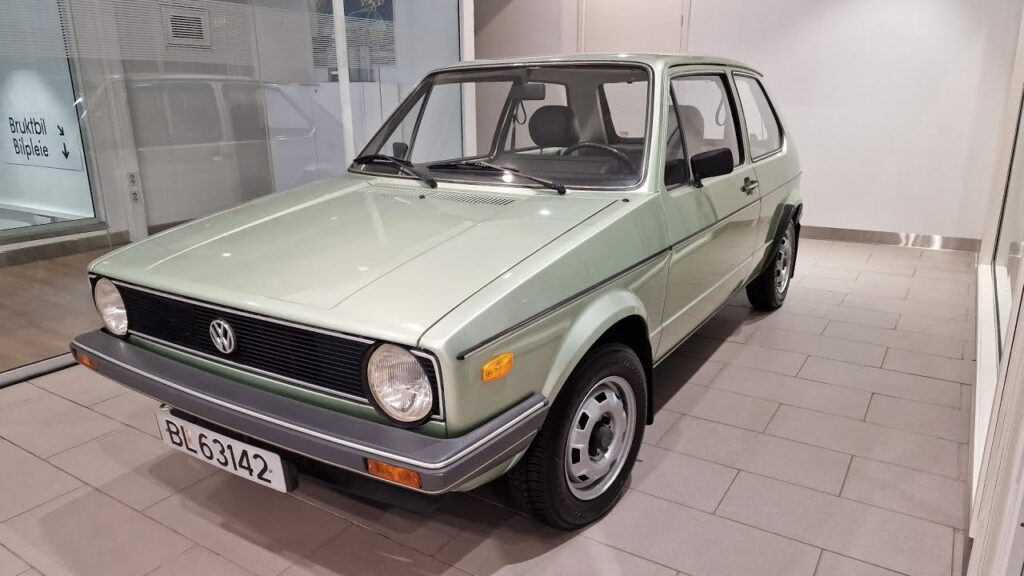
A car born of crisis
The Golf was born in a time of upheaval. The early 1970s were marked by the first global oil crisis, which exposed the limits of gas-guzzling American-style vehicles and shifted consumer preferences toward compact, efficient models. Volkswagen’s ageing Beetle, although beloved, was no longer aligned with emerging market demands. Internally, VW was facing financial uncertainty and needed a bold move to stay relevant.
Designed by the legendary Giorgetto Giugiaro, the original Golf (Mk1) represented a radical break from the past. Unlike the rear-engined, air-cooled Beetle, the Golf featured a front-engine, front-wheel-drive layout and a water-cooled engine. Its boxy hatchback silhouette would become one of the most influential automotive designs of the era. With its debut in 1974, the Golf quickly won acclaim for its practicality, efficiency and driving dynamics.
The GTI revolution
In 1976, VW introduced the Golf GTI — a model that arguably created the “hot hatch” category. Lightweight, affordable, and fast, the GTI combined everyday usability with spirited performance. It offered a 1.6-litre fuel-injected engine producing 110 horsepower — modest by today’s standards but thrilling in the context of the time. The original GTI’s red-striped grille, tartan seats and golf ball-shaped gear knob became icons in their own right.
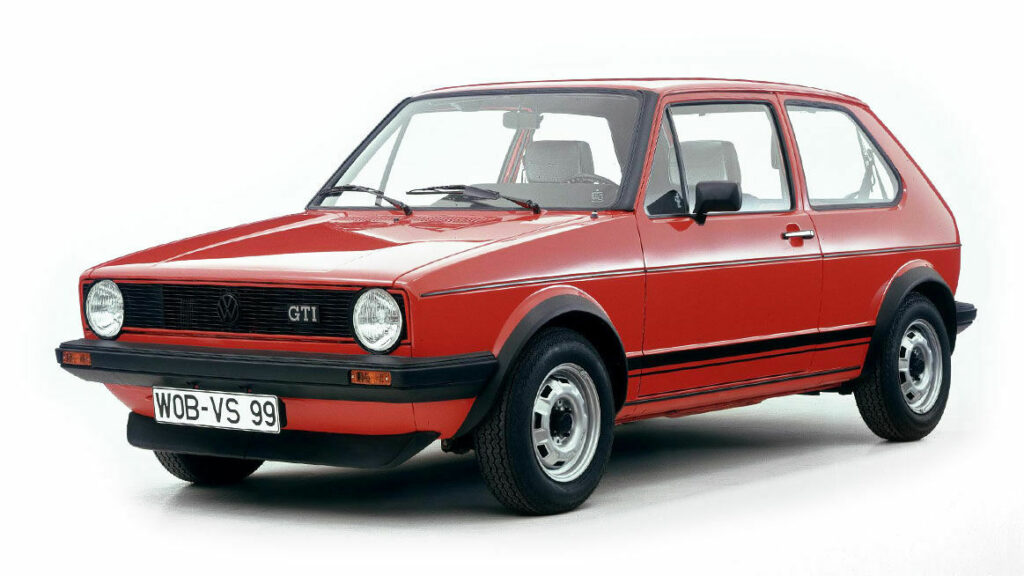
The GTI not only boosted the Golf’s image but helped VW capture the hearts of a new generation of drivers looking for performance without the cost and fragility of sports cars. The model’s success shaped how manufacturers approached compact performance and paved the way for numerous rivals and imitators.
Global success and continuous evolution
With each generation, the Golf evolved in line with technological innovation and consumer expectation. The Mk2, launched in 1983, was larger, more refined, and introduced all-wheel-drive in the form of the Golf Syncro. It also marked the beginning of diesel variants’ popularity in Europe.
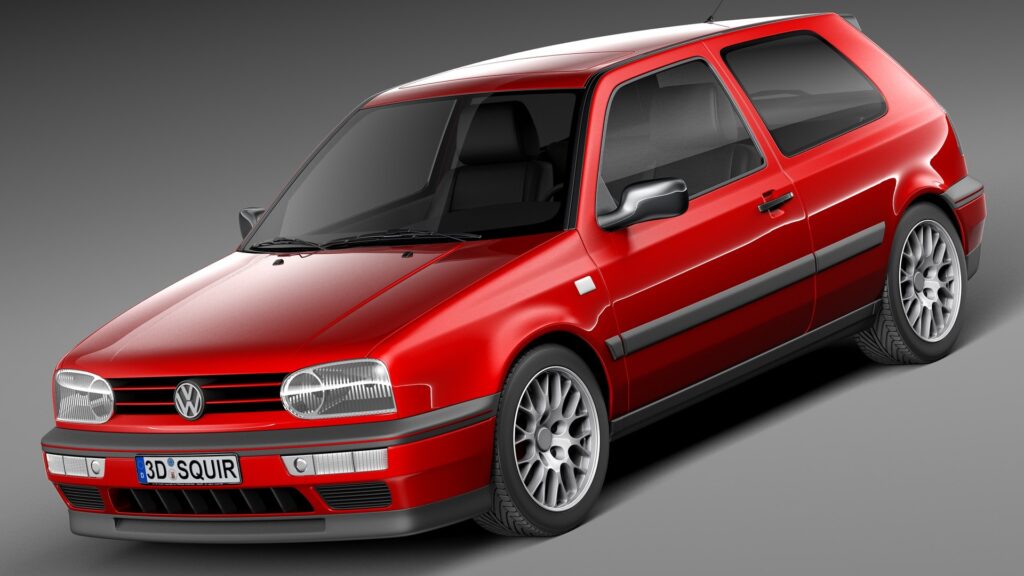
The Mk3 in 1991 saw the debut of safety innovations such as airbags and anti-lock brakes. It was also the first Golf to offer a six-cylinder engine — the VR6 — further expanding the model’s reach and versatility. By this time, the Golf had already cemented its place as a global bestseller.
The fourth-generation Golf (Mk4), introduced in 1997, was pivotal in redefining quality expectations in the compact segment. With upscale materials and a tightly engineered design, the Mk4 set new benchmarks and influenced rivals across Europe and Asia. The Mk4 GTI, though criticised for being less exciting than its predecessors, retained solid sales, while the R32 variant introduced all-wheel drive and a 3.2-litre V6.
Diesel dominance and the emissions crisis
In the early 2000s, diesel Golfs surged in popularity, especially in Europe, where fuel economy and torque were prized. VW invested heavily in its TDI (Turbocharged Direct Injection) diesel technology, marketing it as a cleaner, efficient alternative to petrol. However, this narrative was undermined in 2015 with the Dieselgate scandal, when it was revealed that VW had installed software to cheat emissions tests.
The scandal dealt a major blow to VW’s reputation and raised global awareness around emissions testing and regulatory oversight. Although diesel models continued to sell, the shift toward electrification and hybridisation accelerated as public trust in diesel technology waned.
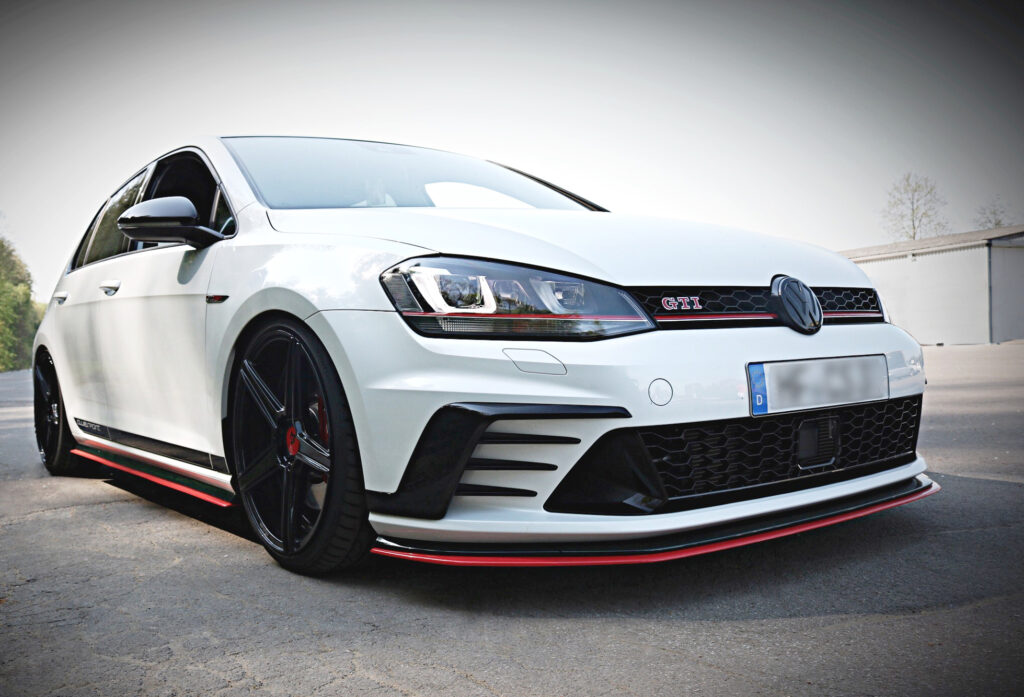
Golf in the age of electrification
The seventh-generation Golf (Mk7), introduced in 2012, signalled a technological leap. Built on the MQB platform, it allowed VW to offer a wide range of powertrains from efficient petrol engines to plug-in hybrids and full electric variants. The e-Golf, launched in 2014, marked the model’s first foray into zero-emission driving, catering to growing environmental concerns and urban restrictions.
Meanwhile, performance models such as the GTI and Golf R continued to evolve, offering advanced chassis technology, turbocharged engines, and increasingly premium features. The Golf maintained its reputation as a practical, well-built car that could suit a range of lifestyles and driving needs.

Golf Mk8 and the digital pivot
Unveiled in 2019, the Mk8 represents VW’s most digital and connected Golf yet. Featuring a fully digital cockpit, advanced driver-assistance systems, and over-the-air update capabilities, it aligns the Golf with changing consumer expectations for tech-savvy vehicles. Mild hybrid systems have replaced traditional powertrains in many variants, reflecting VW’s broader move toward electrification.
Yet, the Mk8 also entered a market transformed by the rise of SUVs, crossovers and electric vehicles. As VW poured investment into its ID. series — dedicated electric vehicles built on the new MEB platform — the Golf’s future became less certain. In some markets, VW has shifted marketing and resources toward its EVs, raising questions about the long-term viability of the Golf line.
The cultural and economic footprint
Over the decades, the Golf has played a significant role not only as a consumer product but as an economic engine for Volkswagen and its suppliers. It has been assembled in more than 10 countries and sold in over 150. As of 2024, more than 35 million units have been sold worldwide, making it one of the best-selling vehicles in history.
Beyond sales figures, the Golf became a design benchmark and a reference point for competitors across segments. Its enduring popularity in regions like Europe and South Africa — where it was produced locally for years — speaks to its adaptability and localised appeal.
Pop culture, too, embraced the Golf. From being the car of choice for young professionals and students to appearances in films and music videos, the Golf has consistently maintained an image of practicality fused with quiet cool.
What the future holds
Volkswagen has confirmed that the next-generation Golf will be fully electric, likely debuting around 2028 and based on VW’s scalable SSP architecture. This move positions the Golf as a key bridge between the company’s internal combustion legacy and its all-electric future.
While the transition brings uncertainty, it also presents opportunity. If VW can retain the Golf’s core values — practicality, versatility, and understated design — while delivering cutting-edge electric performance, the Golf could continue to thrive in a vastly changed automotive landscape.
For now, the Golf remains an icon in flux: a car that has consistently evolved with the times and helped define what a compact car can be. From the oil crisis of the 1970s to the electric revolution of the 2020s, its journey mirrors the story of the modern automobile itself.
REFH – Newshub, 5 August 2025


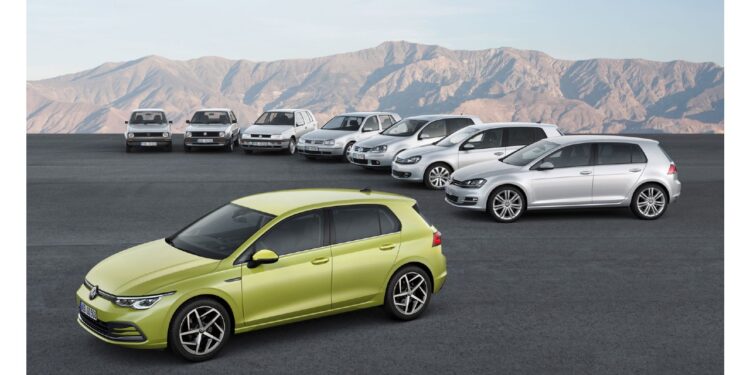
Recent Comments